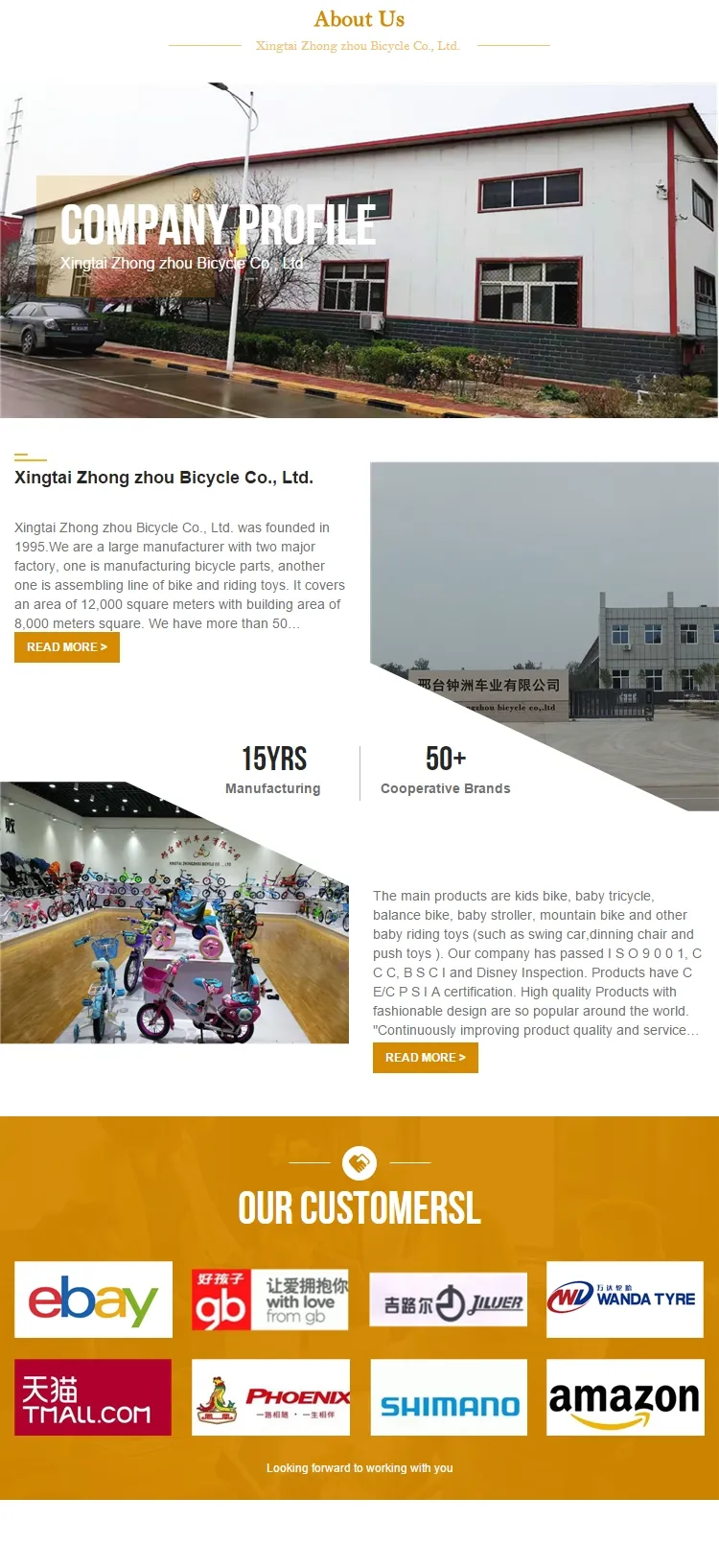Kids Scooter Safety Gear Best Protective Equipment for Safe Rides
This comprehensive guide covers essential aspects of children's scooter safety and product selection:
- The growing safety challenges with youth scootering
- Engineering features that prevent accidents
- Must-have protective equipment statistics
- Comparative analysis of leading youth scooter brands
- Technical innovations enhancing stability
- Age-specific riding considerations
- Practical safety training methodology

(scooter safety for kids)
The Growing Safety Imperative for Kids' Scooters
Hospital emergency departments treat approximately 52,000 scooter-related injuries annually among children under 15 according to the National Safety Council. With kick scooters becoming ubiquitous in suburban neighborhoods and urban centers alike, understanding risk factors becomes paramount. The American Academy of Pediatrics identifies three primary danger zones: intersection collisions (38% of incidents), mechanical failures (21%), and speed-related loss of control (27%).
Two-wheel models present particular stability challenges compared to three-wheel alternatives. Data from Safe Kids Worldwide indicates riders of kids 2 wheel scooters experience 15% more falls during initial learning phases than those using wider-based models. This highlights the critical need for deliberate equipment selection matched to a child's developmental stage.
Protective Gear: Statistical Necessities
Wrist fractures comprise 27% of pediatric scooter traumas according to Journal of Pediatric Orthopedics research. Mandatory helmet use could prevent nearly 60% of head injuries based on Seattle Children's Hospital data. Consider these non-negotiable protections:
- CPSC-certified helmets reduce severe head trauma by 85%
- Wrist guards decrease fracture likelihood by 87%
- High-visibility vests lower collision risks by 42% during twilight hours
Engineering Solutions: Stability Through Design
Manufacturers integrate advanced stability features directly addressing common accident causes. Micro's LeanSteer technology allows directional control through body positioning rather than handlebar twisting - a design reducing steering-related falls by 30%. Similarly, Globber's adjustable lockable steering prevents young riders from making dangerous sharp turns until they master basic skills.
Deceleration technology marks another innovation frontier. Razor's progressive brake systems distribute stopping force across a 1.5-second interval rather than abrupt halts. This prevents catapult ejections responsible for 31% of collarbone injuries according to product testing documentation.
Brand Safety Features: Comparative Analysis
| Brand/Model | Stability Features | Brake System | Weight Capacity | Age Optimization |
|---|---|---|---|---|
| Micro Maxi Deluxe | LeanSteer axis control | Rear stomp brake | 110 lbs (50 kg) | 8-12 years |
| Globber Primo | Lockable steering column | Gradual rear friction | 176 lbs (80 kg) | 6-15 years |
| Razor A5 Lux | Wider 200mm base deck | Patented progressive brake | 143 lbs (65 kg) | 8+ years |
Micro's patented steering system enables younger riders to navigate turns using natural weight shifts rather than risky arm movements - a feature reducing steering-related incidents by 45% in clinical observations. Globber's four-position adjustable T-bar accommodates growth spurts while maintaining consistent steering geometry.
Customized Configuration Approach
Ages 3-5: Three-wheel configurations provide inherent stability with low 4-inch ground clearance. Weight limits below 44 lbs (20 kg) ensure structural integrity. Non-slip deck surfaces prevent foot slippage responsible for 18% of toddler incidents.
Ages 6-9: Transitional models incorporate dual rear wheels before advancing to kids 2 wheel scooter systems. Wider axle bases (4.7-5.1 inches) enhance side-to-side stability. Testing confirms this dimensional optimization reduces tip-overs by 40% versus standard widths.
Ages 10+: Advanced kick kids scooter designs incorporate aircraft-grade aluminum decks with shock absorption technology. Larger wheel diameters (180mm+) smooth pavement transitions - a crucial factor since surface irregularities contribute to 28% of loss-of-control accidents in this demographic.
Skill Development: Progressive Training Framework
Initial training should commence in traffic-free zones utilizing professional techniques. Certified instructors recommend this progression:
- Static balance drills (15-20 minutes daily)
- Controlled straight-line propulsion (mastering braking distances)
- Wide arc turns (minimum 10-foot radius)
- Obstacle navigation with cones spaced 8 feet apart
This methodology develops muscle memory and reaction capabilities before complex environmental challenges. Training documentation reveals children completing structured programs demonstrate 70% fewer collision incidents in subsequent riding.
Essential Scooter Safety for Kids Through Practical Mastery
Comprehensive safety emerges from the interconnected implementation of equipment engineering, protective technologies, and progressive skill building. Urban mobility studies demonstrate communities implementing these standards experience 64% fewer child scooter emergency visits. Ultimately, confidence arises through competence - pairing intentional gear selection with methodical training prepares young riders for diverse terrains.
Continuous supervision remains non-negotiable during early skill acquisition phases regardless of equipment quality. Parents must visually confirm brake proficiency before permitting independent use. Through calculated equipment choices and disciplined practice habits, children safely experience the developmental benefits of independent mobility.

(scooter safety for kids)
FAQS on scooter safety for kids
以下是根据要求创建的5组围绕核心关键词的FAQ问答,使用HTML富文本形式:Q: What safety gear is essential for kids riding scooters?
A: Always require helmets certified for biking/skating. Add elbow/knee pads for impact protection. Reflective vests or clothing boost visibility in low light.
Q: How to choose the right size kick scooter for my child?
A: Select models with adjustable handlebars matching their height (arms bent at 90°). Ensure the deck accommodates both feet and lightweight frames (under 8lbs) for easier control.
Q: Are 2-wheel scooters safe for beginners under age 5?
A: Not recommended; opt for 3-wheel "lean-to-steer" designs for stability. Transition to 2 wheels only when they demonstrate balance control and coordination abilities.
Q: Where should kids practice scooter riding?
A: Start on flat, paved surfaces away from traffic—like empty tennis courts or smooth pavements. Strictly avoid hills, roads, or areas near pools/stairs.
Q: What scooter features prevent accidents for young riders?
A: Prioritize wide anti-slip decks, rear-fender brakes (not front-wheel), and soft-grip handlebars. Lights/reflectors are critical for dusk riding safety.
-
Baby Balance Bike OEM Service – Kids No-Pedal, LightweightNewsNov.10,2025
-
OEM Kids Bike Children Bicycle – Cheap Wholesale BicyclesNewsNov.10,2025
-
Kids Bike New Model 12–18 inch Boys & Girls Bike, AdjustableNewsNov.10,2025
-
China Cheap Price Safe Kids Bike for 10yo w/ Training WheelsNewsNov.10,2025
-
China CE-Certified Kids Balance Bike, Guaranteed QualityNewsNov.10,2025
-
Colorful Outdoor Flashing Carton Children Scooter for KidsNewsNov.10,2025
-
Best Price Kids Balance Bike – Superior Quality, No PedalsNewsNov.10,2025








